Video MGMT System
 Access Control
Access Control
Voice & Data Wiring
 Burglar Alarm
Burglar Alarm
 Fire Alarm
Fire Alarm
Video MGMT System
Voice & Data Wiring
If you're looking for a security camera system, you've probably come across two major brands, Axis Communications and Hanwha Vision.
We'll compare Axis's and Hanwha's security cameras, video surveillance system management software, and NVR systems.
Now let's dive in!
No matter your specific requirements, you're likely to find suitable cameras from either Axis Communications or Hanwha Vision. Both brands offer a comprehensive range of security cameras and systems for video data storage and smart video management.
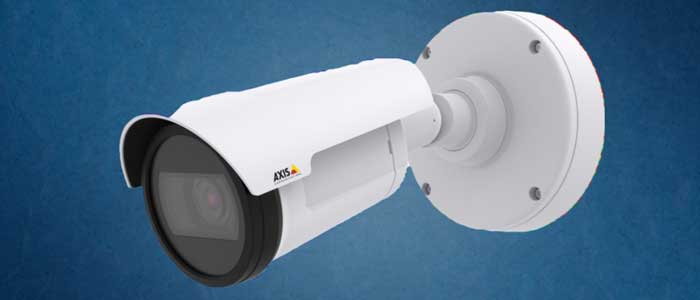
Both Hanwha and Axis cameras use advanced image sensors and processing technologies to deliver crisp, clear images, even in challenging conditions.
Axis and Hanwha cameras are built to withstand intensive and continuous usage. Both brands are well-known for the durability and reliable performance of their products.
Axis and Hanwha make cameras with built-in analytics capabilities, such as motion detection, people counting, and heat mapping.
AI-based features support quick but intricate footage investigations and maximize real-time situational awareness for dramatically more effective security.
Both brands allow users to monitor and manage their security systems from anywhere using smartphones, tablets, and browsers.
Both Axis and Hanwha camera systems meet ONVIF standards and use open-source software to ensure compatibility with a wide range of third-party security systems and devices.
Axis and Hanwha cameras and camera systems can be integrated with open-source access control and alarm systems.
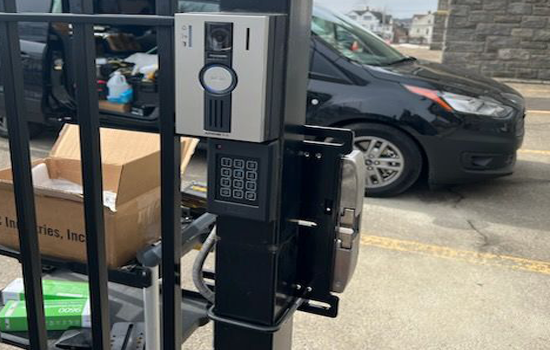
Integrated systems provide turbocharged security by sharing data between devices and enabling users to control all systems on a single, easy-to-use interface.
While both brands offer cameras with high-resolution capabilities, Axis offers a more extensive range of ultra-high-resolution cameras.
Both brands offer cameras with good low-light performance, but Axis has the edge in this area thanks to their development of Lightfinder technology.
Axis offers a very broad range of cutting-edge, AI-supported analytics features, whereas Hanwha delivers less advanced analytics in a more user-friendly format.
The use of Axis products requires a steeper learning curve due to their many advanced features. On the other hand, Hanwha products are more easily used by those with limited technical abilities.
Axis primarily targets the high-end and enterprise-scale market, while Hanwha offers a more diverse range of products to cater to various budgets and use cases.
Axis cameras usually come with a higher price tag than comparable Hanwha cameras. This difference is a result of Axis's focus on high-performance products with advanced technology.

Axis offers a broader range of advanced analytics features than Hanwha.
Some of the most advanced analytics features provided by Axis include loitering detection, line-crossing detection, and video motion detection (VMD), which analyzes changes in consecutive video frames to identify movement with greater accuracy and fewer false alarms.
Some Axis cameras even come equipped with smart audio analytics. Audio analytics detect and analyze sounds—such as glass breaking, gunshots, and aggressive voices—to trigger alerts and other actions based on audio data.
Axis offers the most extensive range of ultra-high-resolution cameras for crisp, clear images, even in large or challenging settings.
Axis Lightfinder technology provides exceptional low-light performance by combining a highly sensitive image sensor, advanced image processing, optimized exposure settings, and Wide Dynamic Range technology.
Lightfinder technology allows Axis cameras to deliver clear, detailed, full-color images even in extremely low-light conditions. They're an excellent choice for surveillance applications where high-quality performance in low-light environments is essential.
Axis is committed to producing environmentally friendly products, incorporating energy-efficient technologies, and utilizing recyclable materials in its cameras.
Axis has a broad network of partners and support teams worldwide to make sure their customers receive prompt assistance and technical support when needed.
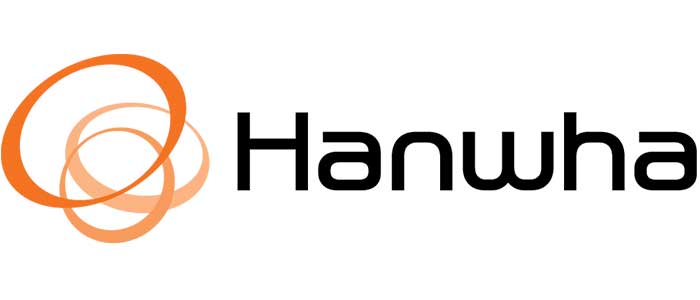
Hanwha camera systems come with a customizable interface to suit individual preferences. Their cameras are easy to manage, even for users with limited technical expertise.
WiseStream II is Hanwha's video compression technology. It dynamically adjusts the compression levels of video streams in real-time to optimize bandwidth usage and storage capacity without sacrificing the quality of important footage.
WiseStream II technology is especially attractive for those with limited network and storage resources.
Hanwha prioritizes cybersecurity, and its devices are equipped with robust security measures, such as encryption technology, to protect against hacking and unauthorized access.
Hanwha caters to various budgets, making them a more accessible option for many users.
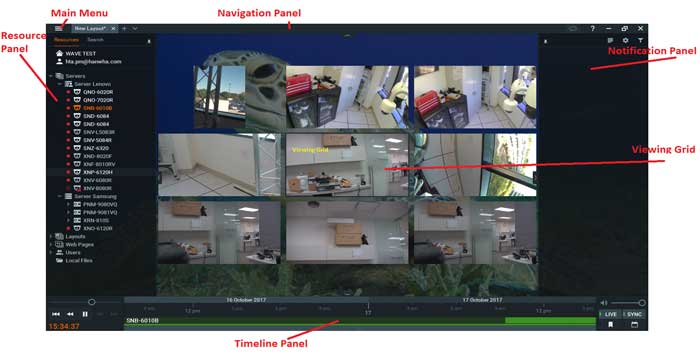
Video management software (VMS) allows users to manage, remotely monitor, and analyze video streams from multiple cameras. Both Axis and Hanwha offer their own VMS solutions: Axis Camera Station (ACS) and Hanwha WAVE.
Both systems integrate with third-party open-source products, support multi-server management, and are easy to scale.
The Axis Camera Station (ACS) supports more advanced analytics features than those supported by Hanwha cameras.
ACS has robust event management capabilities. For example, users can configure triggers and actions based on the detection of specific incidents.
Hanwha WAVE has a user-friendly interface that makes it easy to manage and monitor video streams from multiple cameras.
WAVE includes system health monitoring features that help users identify and address potential issues before they become critical.
While WiseStream II video compression technology is predominantly integrated into Hanwha's security and surveillance cameras themselves, the benefits extend to the overall security system, including video management software (VMS) and network video recorders (NVRs).
Because WiseStream II reduces bandwidth and storage requirements, Hanwha VMS and NVRs are able to handle more video streams from large video surveillance installations.
Hanwha WAVE supports a variety of storage options, including local, network, and cloud-based storage. The Axis Camera Station, on the other hand, does not natively support cloud-based storage.
Hanwha WAVE is generally more affordable than the Axis Camera Station, making it an attractive video management option for users with budget constraints.
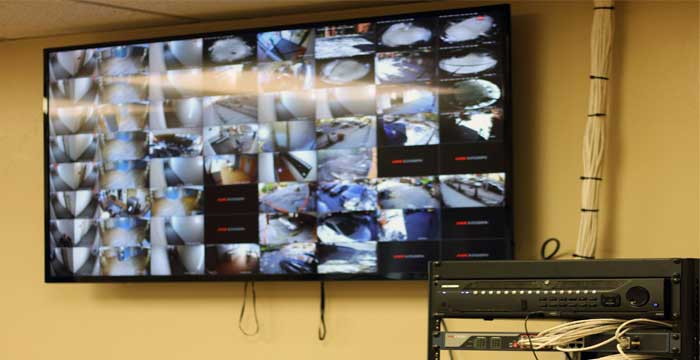
Network Video Recorders (NVRs) work in conjunction with video management software (VMS) to store and manage footage captured by IP cameras on built-in hard drives.
NVRs by both Axis and Hanwha feature intuitive user interfaces, are compatible with a wide range of third-party cameras, and support high-quality video storage with expandable options for scalability.
Axis NVRs support some of the most cutting-edge, AI-based video analytics in the security camera industry.
Axis NVRs are designed to handle high-resolution video streams from multiple cameras reliably. They ensure efficient processing and smooth video playback even in the most demanding situations.
Hanwha NVRs offer high storage capacities, capacities which dramatically increase when combined with Hanwha's dynamic bandwidth and data compression technology.
Hanwha NVRs are often more affordable than their Axis counterparts. They provide users with high-quality images, video quality, and storage at a more budget-friendly price point.
When it comes to choosing security cameras, NVRs, and VMS products, there are many different brands and models to consider. Contact the friendly and knowledgeable team at Mammoth Security for help evaluating your security needs and determining the right devices for your installation.
Just fill out the simple form at the bottom of this page—and we'll quickly reach out to schedule a free, zero-pressure site survey and security assessment.
NOT COMPLETELY SURE?
860-748-4292